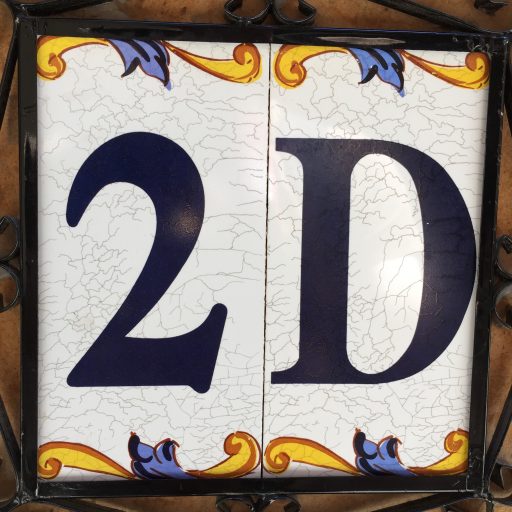For the last years I got heavily invested in ACES and in the discussion forum at ACESCentral.com, learning to comp better in scene referred environments and writing down a lot of the topics I came across during that time. You can find the two topics “Learning ACES” and “Understanding ACES” here. Also for a long time I got a growing interest in viewing Wide Gamut and HDR content on modern screens as I could see examples of that at the past IBC conventions until 2019.
In April 2020 I suddenly got a lot of time to spend as most of the projects halted due to the pandemic situation. This break gave me the opportunity to immediately dig into the topic of HDR and WideGamut.
I noted down the start of my journey to explore HDR with “FCPX from SDR to HDR” April 2020 and “My HDR experience” in June of 2020.
In January of 2021 I added another article called “SDR next to HDR” and I created a subdomain hdr.toodee.de to have a shortcut to view, test and show HDR content on different HDR/EDR capable displays from Apple that I have access to.
ACES was helpful in the beginning because it is very easy to create a HDR output from high dynamic range footage. This footage I created from bracketed photos or 3D animation tests that I did in Blender or from demo camera footage from ARRI, RED, Sony, BlackMagic etc.
Creating an HDR output in ACES is easy? Yes, just change the ODT from Rec.709/sRGB and switch it to which HDR output? … Then the problems start. Setting a switch is easy, but understanding what is happening is another story.
I have some upcoming articles exploring about what are you manipulating in a graphic software application and what is actually getting displayed on your screen.
Here are the first articles in the newly created section “Exploring HDR Displays”:
